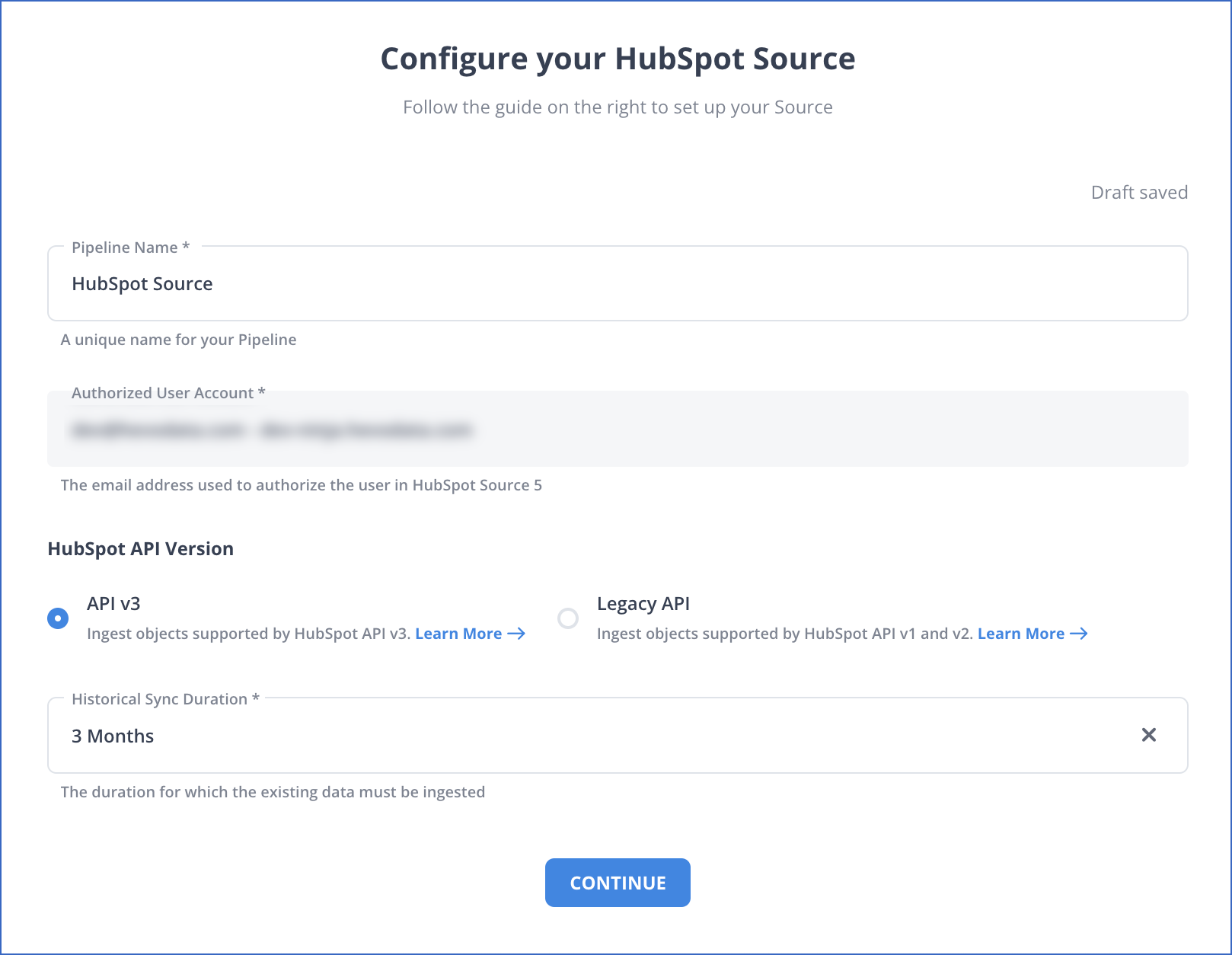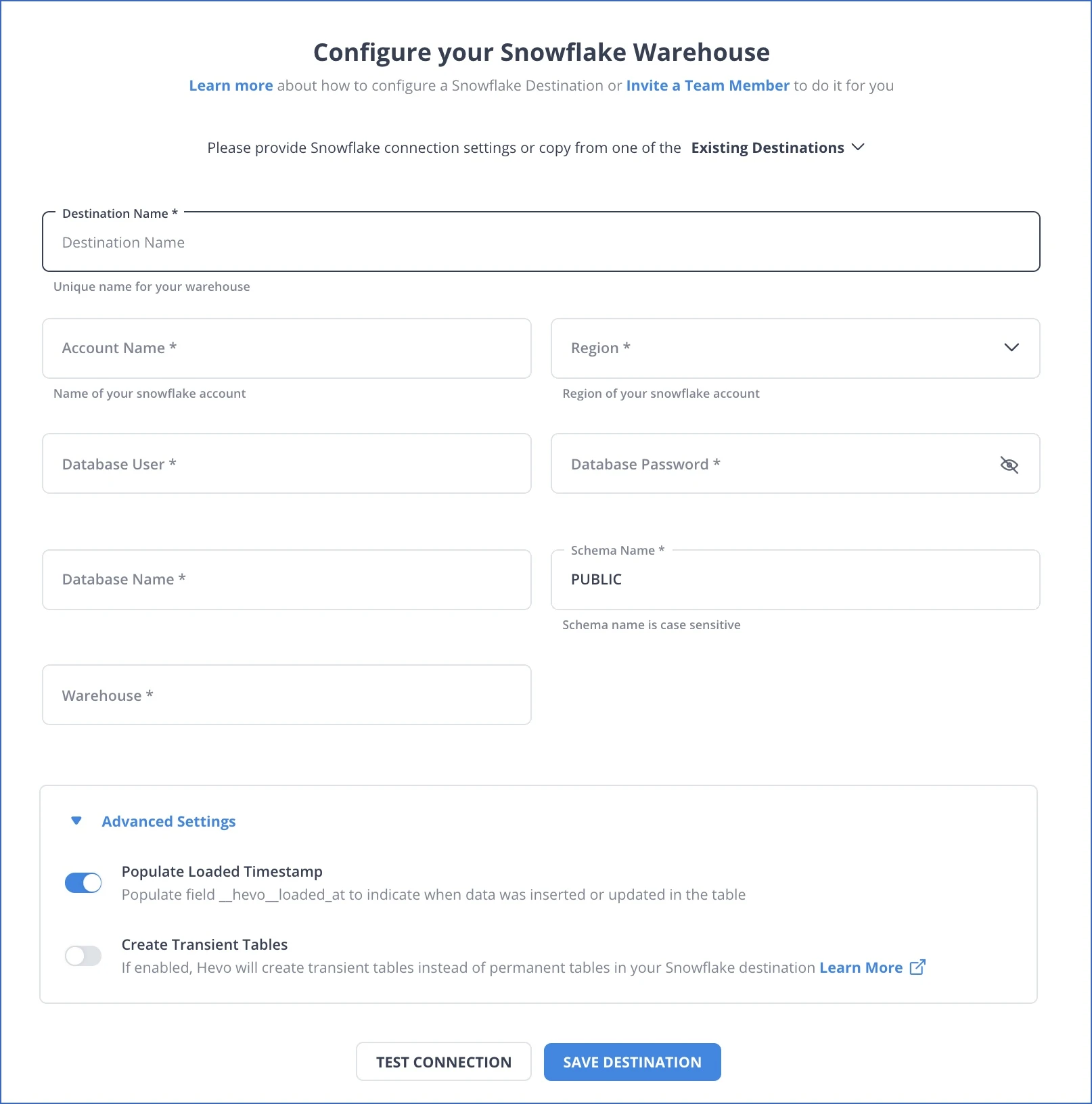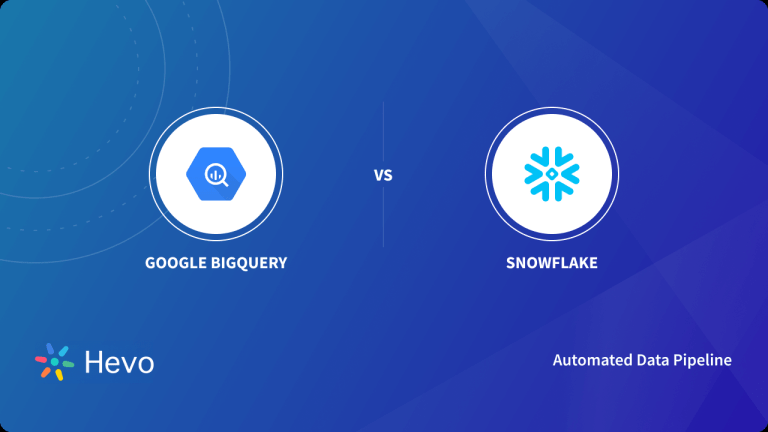Unlock the full potential of your Hubspot data by integrating it seamlessly with Snowflake. With Hevo’s automated pipeline, get data flowing effortlessly. Watch our 1-minute demo below to see it in action!
HubSpot is a cloud-based customer relationship management (CRM) platform that aids organizations in managing their marketing, sales, customer care, content management system (CMS), and operations.
The cutthroat digital environment in which we now live has mandated the need for organizations to examine their data and use it for growth carefully. Hubspot to Snowflake integration will enable you to organize the organization-wide data in a single central data warehouse. You can elevate your reporting, synchronize your business, and enhance customer experience with comprehensive and integrated insights.
But let’s face it, this integration isn’t always smooth sailing. Between unstructured JSON data, schema management, and ongoing API changes, moving data manually can be a frustrating, error-prone process that drains your engineering time. This article will uncover the steps to set up the Integration successfully. You will learn to build an ETL pipeline for your organization in 3 Easy steps.
Table of Contents
Why Transfer Data from Hubspot to Snowflake?
By migrating your data from Hubspot to Snowflake, you will be able to help your business stakeholders find the answers to these questions:
- What is the Marketing Behavioural profile of the Product’s Top Users?
- What message would take a customer from one lifecycle stage to another?
- How likely is the lead to purchase a product?
- What was the survey’s Engagement Rate of App Users by channel?
Looking for the best ETL tools to connect your Snowflake account? Rest assured, Hevo’s no-code platform seamlessly integrates with Snowflake, streamlining your ETL process. Try Hevo and equip your team to:
- Integrate data from 150+ sources(60+ free sources).
- Simplify data mapping with an intuitive, user-friendly interface.
- Instantly load and sync your transformed data into Snowflake.
Choose Hevo and see why Deliverr says- “The combination of Hevo and Snowflake has worked best for us. ”
Get Started with Hevo for FreeHow to connect HubSpot to Snowflake?

Multiple methods can be used to connect HubSpot with Snowflake to load data quickly:
- Method 1: Manual Method to move Data from HubSpot to Snowflake using HubSpot RESTful APIs
- Method 2: Manual Method Using Coded Actions
- Method 3: Manual Method Using Custom Middleware
- Method 4: Move Data from HubSpot to Snowflake using Hevo Data
Let’s walk through these methods one by one.
Method 1: Manual Method to move Data from HubSpot to Snowflake using HubSpot RESTful APIs
This process would require an investment in your engineering team. The high-level steps to move data from HubSpot to Snowflake using HubSpot RESTful APIs are as follows:
Step 1: Accessing Data Stored in HubSpot
HubSpot offers a wide range of data accessible via its REST API through Postman, CURL, or other HTTP clients, using either an API Key or an OAuth Access Token for authentication. These API calls provide access to everything from contact lists to email subscription events and return data in JSON format, which integrates seamlessly with Snowflake without requiring a predefined schema.
Step 2: Transforming HubSpot Data
Snowflake supports multiple data types like XML, Parquet, and especially JSON, used by HubSpot, without needing a predefined schema. JSON data from HubSpot maps easily to Snowflake’s tabular format, where each column aligns with an API endpoint response. Unlike other data types that require strict schema definitions, HubSpot’s JSON data integrates directly and flexibly into Snowflake.
Step 3: Loading HubSpot Data to Snowflake
Loading data from HubSpot to Snowflake is accomplished through one of four basic methods:
- COPY INTO: Most often, COPY INTO is the command used to load data into Snowflake, either from a local file system or from Amazon S3 buckets. In either case, this command is invoked on a Snowflake instance to move a copy of the data from HubSpot to a data warehouse.
- PUT: Alternatively, if a PUT command is invoked, data is placed in a staging area, which can then be copied to a Snowflake data warehouse.
- Direct Upload: In some cases, users might directly transmit data from HubSpot to an Amazon S3 bucket, where Snowflake can access the data.
- Visual Wizard: For those who would like a more user-friendly experience (at the cost of some functionality), Snowflake offers a GUI to copy data from HubSpot with a point and a click.
Regardless of the method implemented, it is essential to remember that, unlike other technologies, Snowflake does not use a separable data schema but instead bundles the data schema with the COPY query for a more streamlined data-loading user experience.
Step 4: Maintaining Data in the Snowflake Warehouse
To maintain data accuracy, users must consistently update and manage their HubSpot data, as changes can invalidate existing fields, requiring regular UPDATE statements in Snowflake. Without this, data can become flawed or corrupted, causing major headaches for developers. Manual upkeep, though necessary, is tedious, making tools like Hevo invaluable for automating and streamlining the process.
Limitations of Using RESTful APIs to Integrate HubSpot and Snowflake
Users who are considering using a manual data transfer method, rather than a completely automated platform such as Hevo, face significant drawbacks:
- Effort-Intensive: All of the steps involved in moving data from HubSpot to Snowflake require much effort from the end user.
- Inability to Automate Changes: Any change created in HubSpot requires the user to make a corresponding change in the Snowflake data warehouse.
- Lack of Replication: Developers who desire a “one and done” approach to data transfer must look elsewhere. Every time data is moved, each step involved in this article must be repeated.
- Data Loss/Corruption: Irrevocable data loss and corruption can result from errors in the manual loading process.
Method 2: Using Coded Actions
You can use this method to write custom code into the Hubspot workflow, which gets triggered in response to the events. Because of this, it is easy to control the data transfer and any changes in the process when you move data between HubSpot and Snowflake.

As you can see in the figure, this method requires you to write code. This will be a limitation of this method for companies that don’t want to invest their team’s bandwidth into coding. On the other hand, if you want the flexibility of coding yourself, you just need to head to the ‘Custom code’ option in Hubspot.
Method 3: Using Custom Middleware
Middleware is the software that is built into an app pipeline to manage requests. This method can be used when the coded actions wouldn’t suffice to handle your requirements. In this method, you could generate custom middleware to manage requests and responses that arise between the HubSpot database and Snowflake. This will let you exchange your data without the need for a platform to connect HubSpot and Snowflake. Another requirement to use this method is a team member who is specialized in this.
Method 4: Move Data from HubSpot to Snowflake using Hevo Data

Hevo Data, a no-code data pipeline, can help you move data from HubSpot (among 150+ sources) swiftly to Snowflake.
The following are the steps to use Hevo Data to move data from HubSpot to Snowflake:
Step 1: Configure HubSpot as your Source
Connect Hevo Data to HubSpot by providing your authorized email ID, selecting the HubSpot account to replicate data from, authorizing Hevo to access the account’s data, and configuring the HubSpot Source page with a unique pipeline name.

Step 2: Configure Destination
To load data from HubSpot to Snowflake, provide key details including a unique Destination Name, your Snowflake Account URL, the non-admin Database User and their password, the target Database Name and case-sensitive Schema, along with the Snowflake Warehouse used for executing SQL queries and DML operations.

Conclusion
This article has unleashed the unconventional capabilities that HubSpot to Snowflake integration offers when utilizing Hevo, a no-code Data Pipeline. Following a three-step guide, you can quickly build your ETL pipeline with Hevo.
HubSpot to Snowflake integration creates a unified picture of the organization-wide data. We have studied two methods of connecting HubSpot to Snowflake- The manual method and using Hevo. The debate is still up in many organizations on whether to build or purchase ETL pipelines. But an organization’s choice is influenced by various parameters, including team size, customers served, and corporate size.
Quick Tip: To leverage the power of data to make more informed business decisions, it’s better to employ Data teams to thoroughly analyze the data rather than spend time searching for it. You can save your engineering bandwidth by utilizing Hevo ETL pipelines.
Sign up for a 14-day free trial today and experience seamless, automated data replication with Hevo Data.
Frequently Asked Questions (FAQs)
Why Connect HubSpot to Snowflake?
HubSpot offers powerful CRM and marketing tools, but integrating it with Snowflake helps centralize and analyze all your data for a complete, real-time customer view.
What are the use cases for HubSpot to Snowflake Integration?
HubSpot to Snowflake integration enables Support, Sales, and Marketing teams to access unified customer, usage, and events data for faster, scalable, and secure insights.
Can we integrate data from multiple sources like HubSpot, Salesforce, SAS, & other CRMs to Snowflake?
Yes, we can integrate data from multiple sources into Snowflake. Many top data tools and platforms, including Hevo, Tableau, and others, are fully compatible with Snowflake (check out the complete list here).




